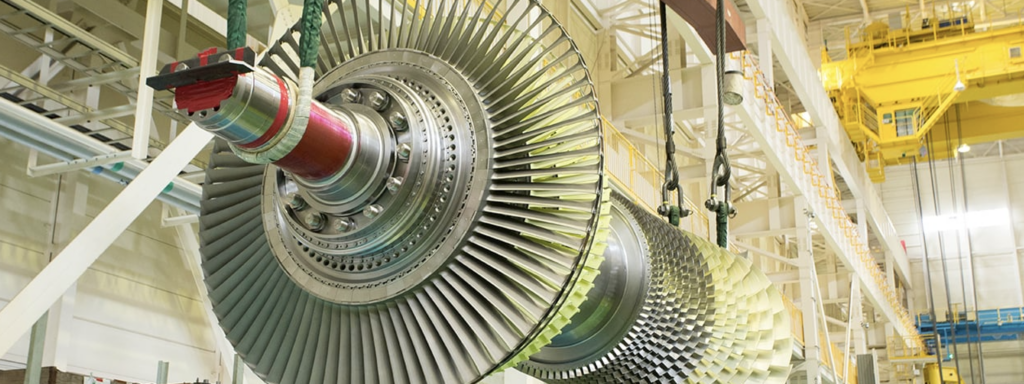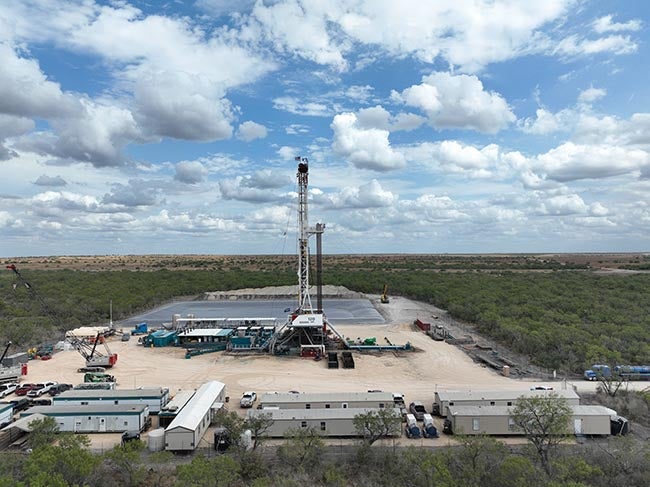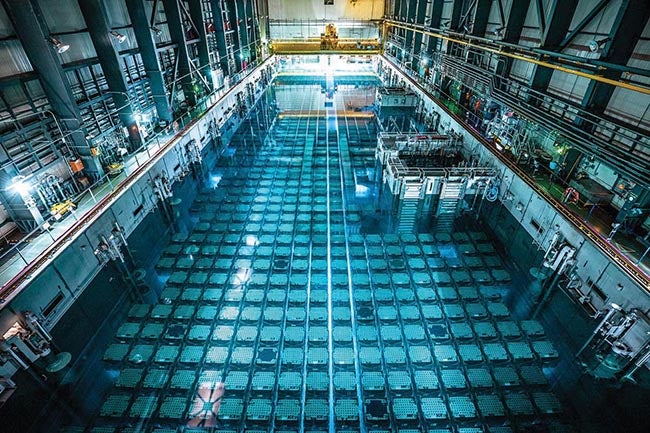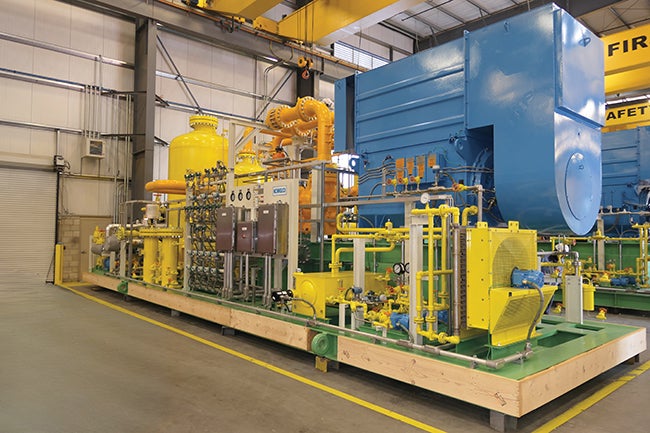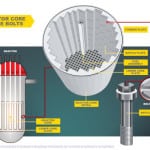The Nuclear Regulatory Commission (NRC) inspection team that was sent last week to investigate crack indications at Davis-Besse Nuclear Power Station completed ultrasonic tests on Sunday night that show 12 of the 69 nozzles on top of the plant’s reactor head developed some sort of cracks.
Those 12 nozzles are among 14 that FirstEnergy Corp., which owns the nuclear plant, identified last week as having suspicious flaws, or indications, of a crack that needed further examination, Todd Schneider, utility spokesman, said. The new count is eight more than were previously known about, according the Toledo Blade.
The same report identified two of the nozzles as having developed cracks wide enough to leak radioactive coolant water. Further tests showed only one of those nozzles to be leaking, Schneider said.
A company report that the NRC made public on March 15 stated that FirstEnergy could confirm only four cracks at that time. But the utility also said it hadn’t yet tested 17 of the 69 nozzles.
Last week the NRC announced that it had dispatched a special inspection team to the 908-MW Davis-Besse plant to investigate the discovery of crack indications in multiple control rod drive mechanism (CRDM) nozzles, which guide the control rods into the reactor core to shut down the reactor.
"The Special Inspection will allow us to get a clear picture of how and why the damage to CRDM nozzles occurred at Davis-Besse, as well as to make sure that the utility’s repairs to the nozzles are thorough and will ensure the safe operation of the plant," said Mark Satorius, regional administrator for the NRC’s Region III office in Lisle, Ill.
The plant is located in Oak Harbor, Ohio, roughly 40 miles southeast of Toledo. There is no danger to the public from these cracks, since the plant has been shut down for a scheduled refueling outage. Before the plant can resume operations, however, the NRC must be satisfied that the problem has been addressed.
The NRC is concerned about this issue because a crack in CRDM nozzles, which penetrate the reactor vessel head, can, if not repaired, lead to structural damage of the reactor head—one of the barriers that prevent radioactive material in the reactor from escaping into the plant containment building.
In 2002, plant workers at Davis-Besse discovered a football-size cavity in the reactor vessel head caused by leakage of borated reactor water from severe cracks in CRDM nozzles. The leaks resulted in the accumulation of large quantities of boric acid residue on the reactor vessel head that was not cleaned for a long period of time and caused a cavity to form in the carbon steel portion of the vessel head, leaving only the stainless steel liner between the nuclear material in the reactor vessel head and the plant containment building. Davis Besse replaced the damaged reactor head in 2002.
The NRC special inspection report will be available within 45 days of the inspection’s completion through the NRC RIII Office of Public Affairs and at the NRC website.
Sources: NRC, Toledo Blade





